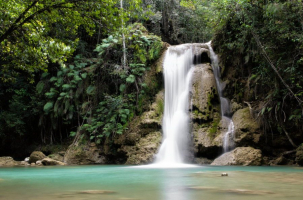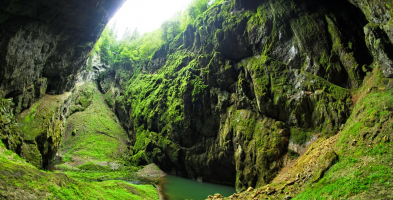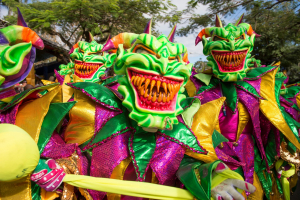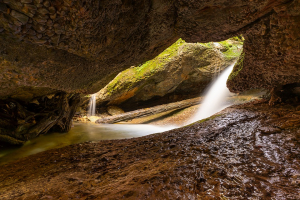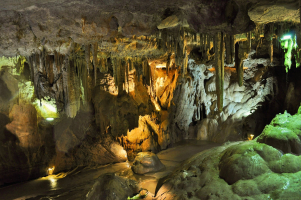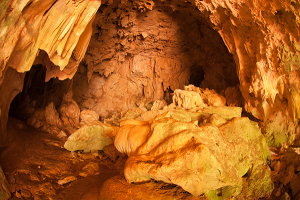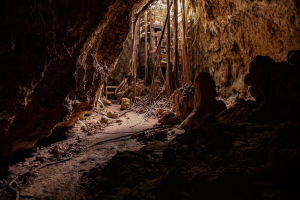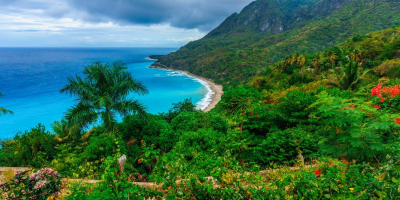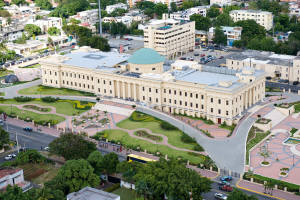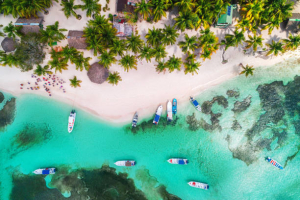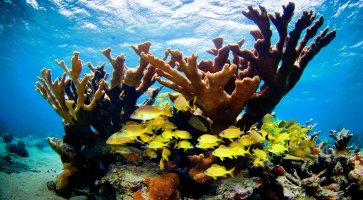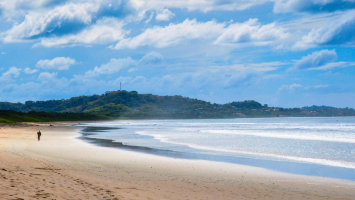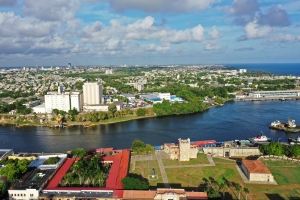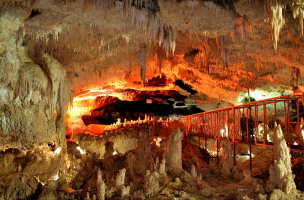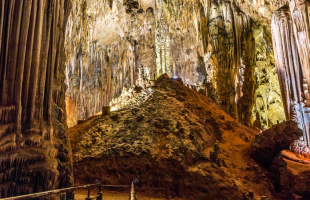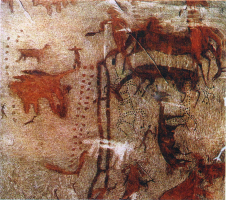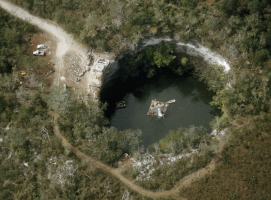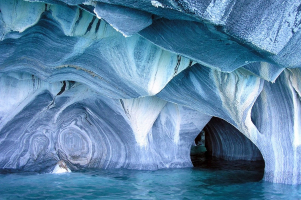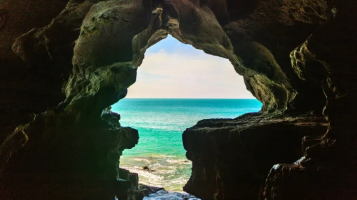Top 3 Most Impressive Caves in Dominican Republic
The Tainos used caves to practice rituals and seek refuge from the rains hundreds of years ago, and they are now a tourist destination in the Dominican ... read more...Republic. Here are some of the Most Impressive Caves in Dominican Republic.
-
Tano Indians located in the Cueva de las Maravillas National Park, is one of the most Impressive Caves in the Dominican Republic. The park is located near the Soco River and Cumayasa, on the road between San Pedro de Macors and La Romana. It is 800 meters long and 25 meters underground, with a 4.5-square-kilometer surface area. On July 22, 1997, the caves were designated as a national park. They are located around 15 kilometers (9 miles) east of San Pedro de Macors and 10 kilometers (7 miles) west of La Romana, in the Dominican Republic's south-eastern region on the Caribbean island of Hispaniola.
It was once known as the Cueva Jaguar until 1949, and it is highly recognized for its old paintings by Taíno Indians. The park is located near the Soco River and Cumayasa, on the road between San Pedro de Macors and La Romana. It is 800 meters long and 25 meters underground, with a 4.5-square-kilometer surface area. On July 22, 1997, the caves were designated as a national park.
Inside the cave, there are approximately 500 murals and engravings on the walls, painted in black and red by the Tanos, the island's ancient inhabitants. It has roughly 10 petroglyphs (rock engravings) and 472 pictographs, according to sources (paintings on the walls). At 69 places, 144 of the 472 pictographs were classed as cryptic or abstract and whimsical groupings. There are also 135 pictographs to look at.
The Water Mirror Gallery, which consists of an artificial lake that reflects like a mirror in the top of the cave, and The Great Panel, in which you can see a cave artwork produced by the Tanos, which symbolizes a funeral ritual, are among the attractions of the caverns of marvel.
Arraijanes, guáyiga, yellow caya, lignum vitae, pegapalo, jasmine, cat's claw, carboy, stick hen, black Cuba, yaya brown, bighorn coffee, cane juice, stick donkey, Pringamosa, and bitter stick are among the 48 natural species found in the flora.
The cave emerges in a limestone reef that is part of the South East Coastal Plain geomorphological unit. Cueva Jaguar was the name given to it in 1926, and Cave of Wonders was given to it in 1949 by Professor Francisco Richiez Acevedo because of the beauty revealed inside and everything visitors could imagine by looking at the figures created by the stalactites and stalagmites, as well as the wide variety of pictographs.Location: Dominican Republic
Area: 4.5 square kilometres
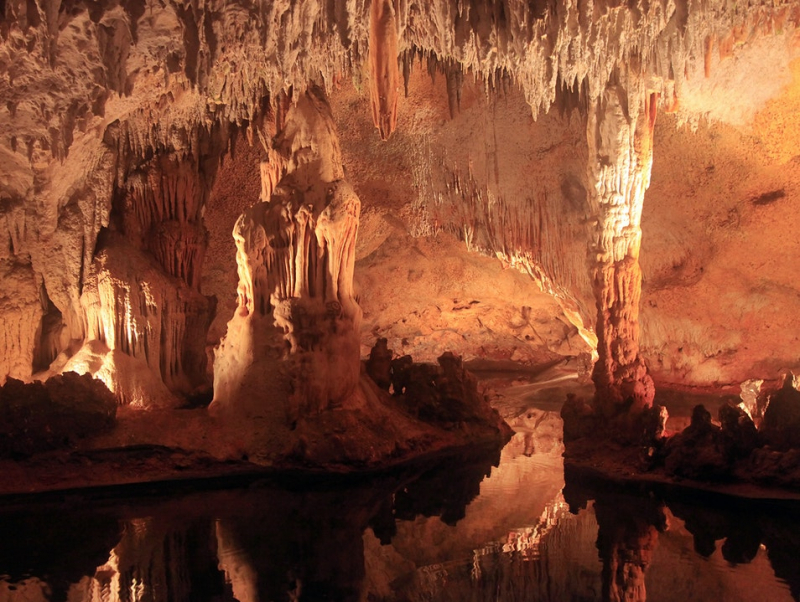
https://www.afar.com 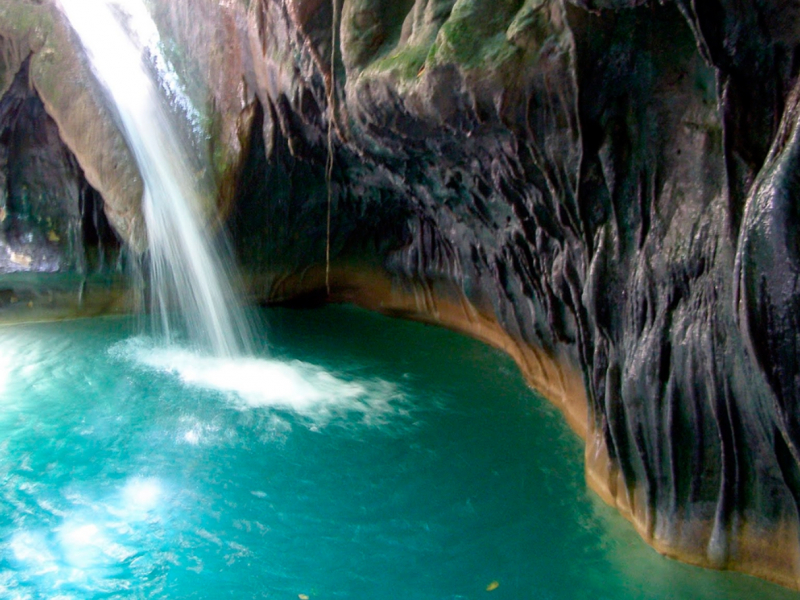
http://bestdominicantoursandtranfers.com/ -
Los Tres Ojos National Park is a 50-yard open-air limestone cave in the Mirador del Este park in the Dominican Republic's Santo Domingo Este municipality. The site, which consists of three lakes known as ojos, is now one of the most popular tourist destinations in the country. The caves are encircled by stalactites and stalagmites and are fed by an underground river. The water's composition varies. Because of its blue tint, early explorers assumed the first pond was made entirely of sulphurous water. However, it was determined following testing that Lago Azufre is made up of calcium minerals.
Freshwater makes up the fourth and deepest lagoon. In the 1940s, it was stocked with fish. The temperature of the lagoons ranges from 20 to 29 degrees Celsius depending on the location, and their diverse depths provide a variety of colored reflections, including blue, green, and even yellow. Lago de las Damas, the shallowest lagoon, is 8 feet deep. Los Zaramagullones is the deepest, at 25 feet.
Fish, bats, and turtles are among the many species of fauna. The vegetation in the area is lush and plentiful.
It is necessary to be able to climb stairs in order to visit all four lagoons. There are a total of 346 steps linking the four.Location: Santo Domingo Este
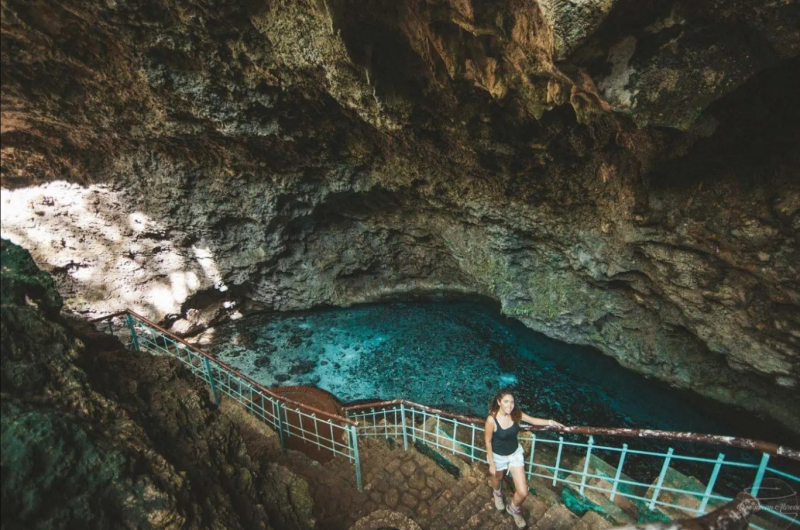
https://www.dominicanabroad.com/ 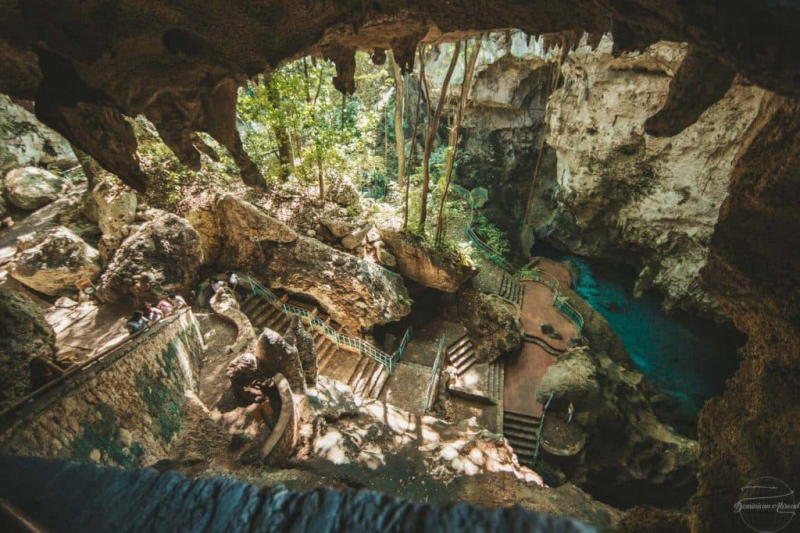
https://www.dominicanabroad.com -
The Pomier Caves, a group of 55 caves north of San Cristobal in the Dominican Republic's south, is among the Most Impressive Caves in the Dominican Republic. They have the Caribbean's largest collection of rock art, made largely by the Tano people but also by the Carib people and the Igneri, the pre-Columbian indigenous occupants of the Bahamas, Greater Antilles, and some of the Lesser Antilles, since 2,000 years ago.
The unrestricted quarrying of limestone nearby has harmed these caverns. The importance of maintaining these caves, which were found in 1851, has been noted by archaeologists. Approximately 6,000 drawings, carvings, and pictographs of birds, fish, reptiles, and human figures may be found in the caverns. The paintings were created using a mixture of charcoal and animal fat. According to archaeologists, the paintings were preserved by the natural humidity given by the caverns' depth.
Location: north of San Cristobal
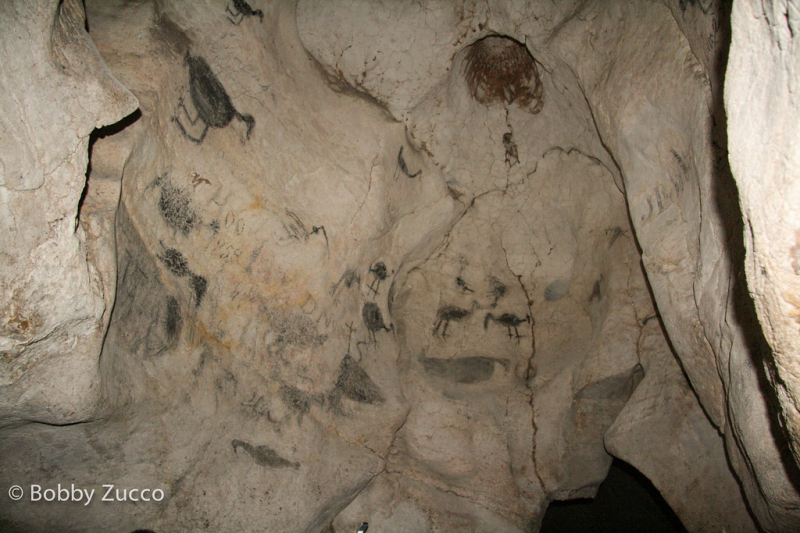
https://www.flickr.com 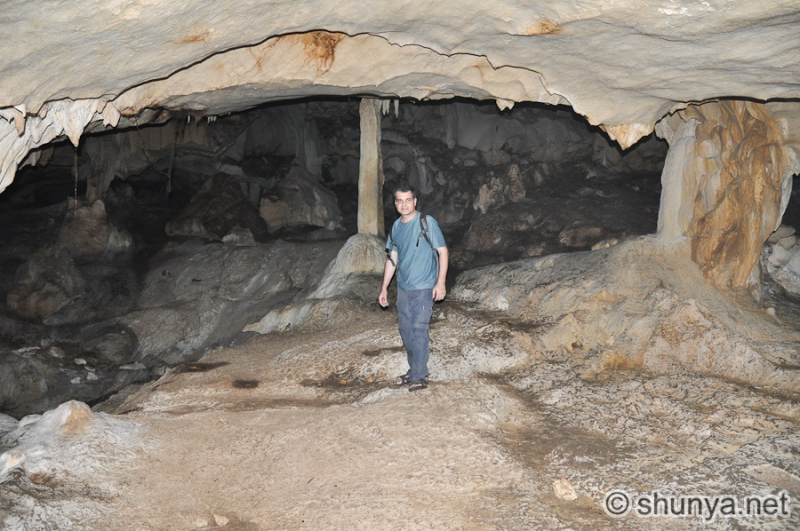
https://www.shunya.net/





